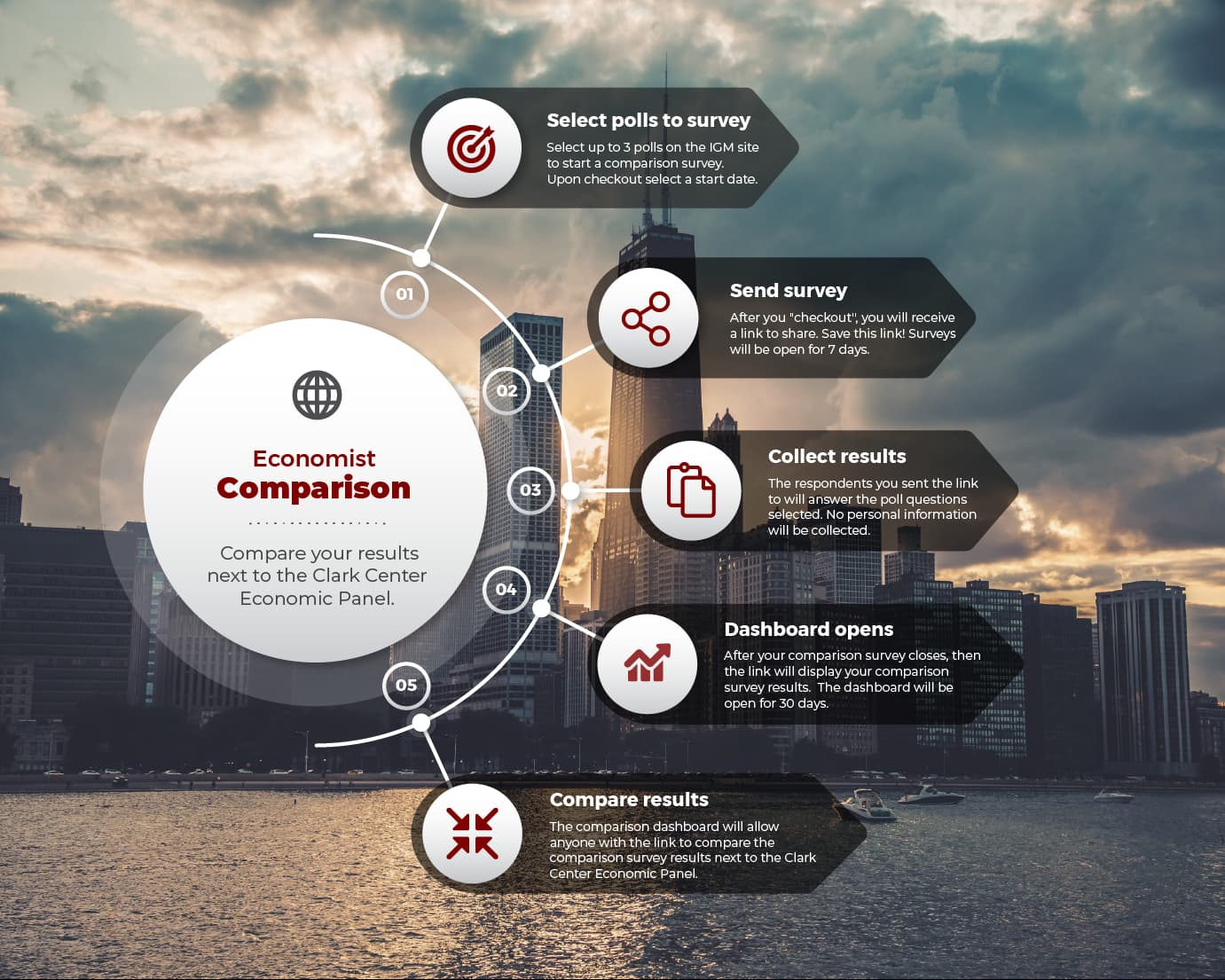The life cycle of the archetypal successful American firm was once straight forward. The initial entrepreneur would at first fund their start-up idea utilizing cash from the so-called three Fs of family, friends, and fools. If their business proved to be a hit it would expand using a mixture of debt and injections of equity until such a time that it was large enough – and with solid enough prospects – to list on a public exchange. At which point the founder and initial backers would get a large wad of money, retail and institutional investors would be able to gain exposure to the underlying business and it itself would, hopefully, live happily ever after as a public firm.
That though is no longer always the case. One of the most striking changes in the structure of financial markets and the ownership of firms over the last few decades has been a rise in private ownership and a decline in the number of firms publicly listed on exchanges.
One useful NBER working paper reported that in 1976, 4,943 US firms were listed on public exchanges but that had fallen to just 3,627 by 2016. In other words, over the course of four decades, the US went from having 23 listed firms per million people to closer to 11.
Mapping the footprint of listed, as opposed to privately held, firms onto official economic data is far from straightforward. But another helpful NBER working paper, published in 2020, tired to quantify the relationship. The authors found that listed firms accounted for more than 40% of total US non-farm employment in the early 1970s but under 30% by 2019. When it comes to GDP, the proportion of economic value add generated by exchange listed public firms fell from around 33% to more like 28% over the same period. Given the data issues involved, these numbers need to be treated with some caution but they do point to material change in ownership structures with, at the very least, the potential to have a macroeconomic impact.
From the point of view of the firms themselves, the decision as to whether to be publicly or privately owned has historically involved the weighing up of costs and benefits. Traditionally being listed has opened up a wider pool of available funds and also allowed stock to be effectively used as a form of currency in mergers. That though has had to be offset against the costs of being listed in terms of greater reporting and disclosure requirements and the management time consumed by interacting with both current and potential stockholders.
It may be that the large increase in the size of private markets – as discussed previously by this column – has diminished the benefits of being listed. It certainly does not seem that listing is a necessary criteria for large scale fundraising in many cases.
Some private investors, and many corporate leaders, also argue that the extra privacy brought about by going – or staying private – is necessary to allow management more breathing space during a restructuring. The classic example is Dell which first listed in 1988, went private in 2013, and returned to the public markets in 2018 as a rather different and refocussed firm.
But whilst privacy might bring benefits to an individual firm, does it carry costs for the wider economy as a whole? As an article in the Chicago Booth Business Review noted last year, whilst the seeming efficiency of privately owned firms explains much of their appeal to investors the increased privacy could, potentially, lead to less efficient capital allocation at the macroeconomic level.
Last week the Clark Center’s US and Finance Expert Panels both looked at these issues. There was widespread and understandable agreement that lowering the reporting burdens and regulatory barriers on listed firms would lead to more private firms choosing to go public. Some 90% of Finance Panel and 75% of US Economic Panel Experts responded (weighted by confidence) with agreed or strongly agreed.
There was less widespread, but still substantial, agreement that the lack of transparency about unlisted private firms’ financial performance substantially hinders the efficiency of the allocation of capital. Interestingly enough there was some divergence here between the panels. Whilst 56% of Finance respondents agreed or strongly agreed with the proposition, again weighted by confidence, only 40% of US economic panel experts did the same – with a plurality of 43% uncertain. The weight of expert opinion then clearly has some concerns about the potential for privacy to reduce the overall efficiency of capital allocation.
On the big question though, there were no easy answers. Asked whether the lower willingness of private firms to go public, combined with the increased number of publicly traded firms being taken private over the last 25 years, is measurably net negative for economic growth a plurality of experts on both panels – when weighted by confidence – where uncertain. As ever, much hinges on how one chooses to define the word “measurably”.
The broad view of the panels is clear – the higher levels of privacy associated with the rise in private ownership probably have had an impact on the overall efficiency of capital allocation and lowering reporting requirements on public firms would almost certainly lead to more firms going public. Whether or not, though, this would have a material impact on overall economic performance remains somewhat up in the air.

